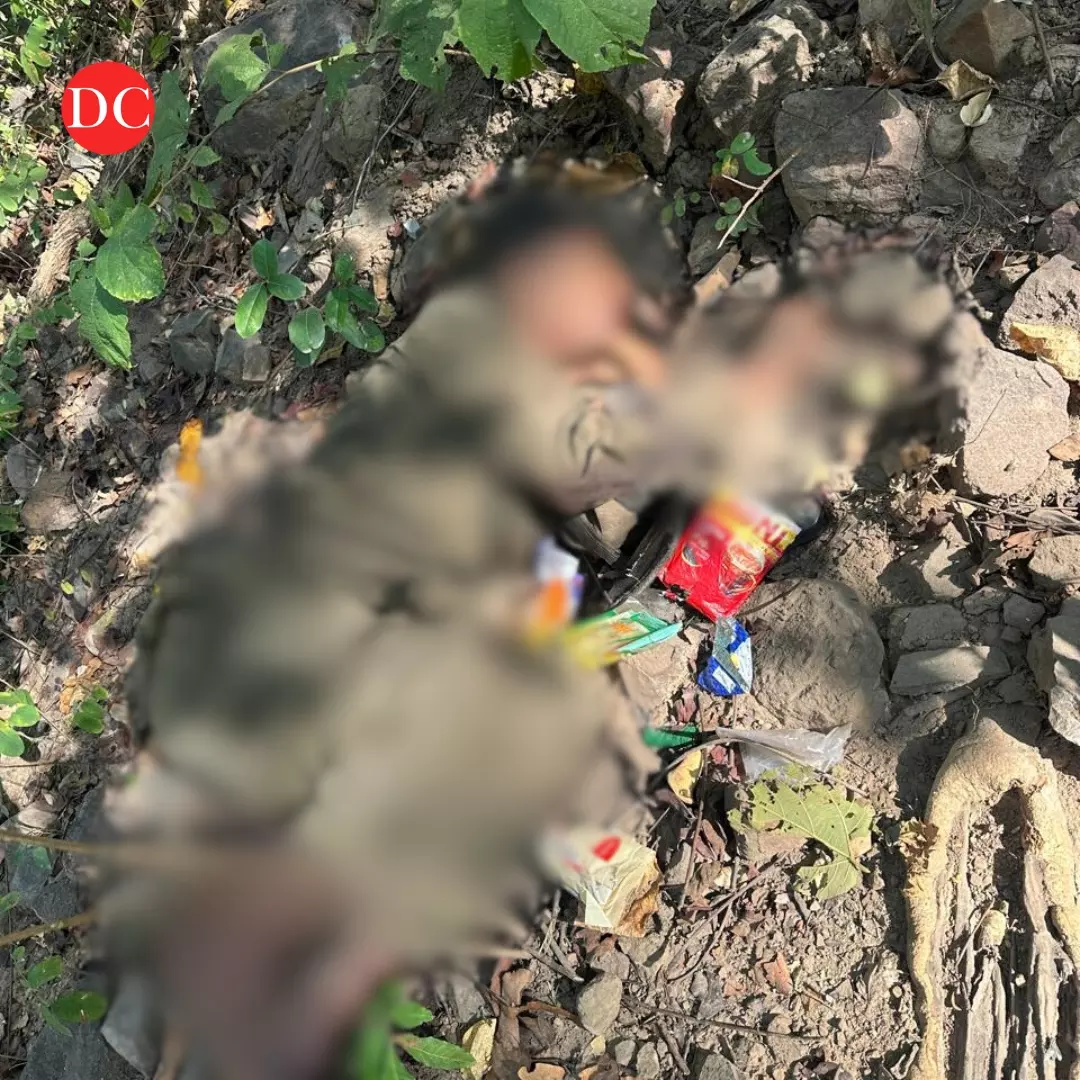AA Edit | Maoists are fewer now, but still remain a threat

That the security forces have been unrelenting in their fight against the banned Communist Party of India (Maoist) has been reflected in the reports of the series of encounters and loss of life on both the sides in 2025, and the latest is the one in which the cops gunned down 14 Maoists including a top-ranking leader of the organisation. Union home minister Amit Shah is on record saying the security forces are working on a target to eliminate the Maoist organisation by 2026.
Maoists, or the radical left wing cadre, have been operating in India since the sixties, making their major presence felt first in West Bengal and Kerala, and then slowly spreading their influence in the south and east. As per government data, there are at present 38 districts in nine states affected by left wing extremism (LWE) in the country, with the highest number of 15 in Chhattisgarh, and followed by Odisha (seven) and Jharkhand (five). The other states that are affected by LWE are Andhra Pradesh, Madhya Pradesh, Kerala, Maharashtra, Telangana and West Bengal.
The government claims that the “National Policy and Action Plan to address LWE”, formulated in 2015, and the multi-pronged actions it has taken as per the document, have resulted the steep reduction in the number of lives of security forces and civilians lost from an all time high of 1005 in 2010 to 138 in 2023. The area of operation of LWE has also come down from 126 districts in 10 states, as per the government. The number of police stations reporting LWE related-violence has come down to 171 in 2023 from 465 in 2010.
The government policy calls for a multi-pronged approach involving security-related measures, development interventions, ensuring rights and entitlements of local communities and so on. The policy document is mindful of the fact that the extremist ideology and the operation of its proponents are not just a law and order problem and that there is an ecosystem that helps them thrive and pose a threat to the Indian state and its democratic Constitution. The realisation will, in its natural course, call for the governments at the Centre and in the states to sit together formulate a plan that would result in the elimination of the cause of the ecosystem even while relentlessly pursuing the extremist elements.
Andhra Pradesh, which once was a hotbed of Naxalism, has been the most successful state in cutting the roots of the extremists by such a strategy which essentially made their activities untenable as the people stopped being sympathetic to them. It is a fact that the government is trying to direct the attention of the youth in the catchment areas of the Maoists towards gainful employment but its focus appears to be on eliminating the physical presence of the cadre using the security forces. So far, they have killed as many as 50 Maoists this year while suffering a loss of eight lives.
Setting a close deadline to end an issue that has dogged the most period of India’s life as an independent nation through the use of force appears ambitious. Winning the people over and exposing the futility of armed struggle in a democratic country would be a more winnable option.
